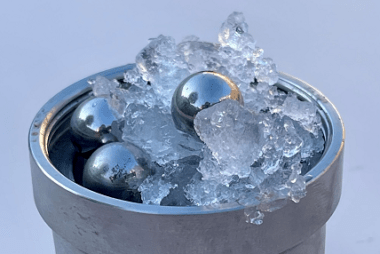Integrated Course AIIMS-SYLLABUS Chemistry syllabus Enzyme catalysis
Enzyme catalysis Enzyme catalysis refers to the process by which enzymes facilitate and accelerate biochemical reactions in living organisms. Enzymes are specialized proteins that act as biological catalysts, lowering the activation energy required for a reaction to occur. This allows the reaction to proceed at a faster rate, enabling vital cellular processes to take place.…









